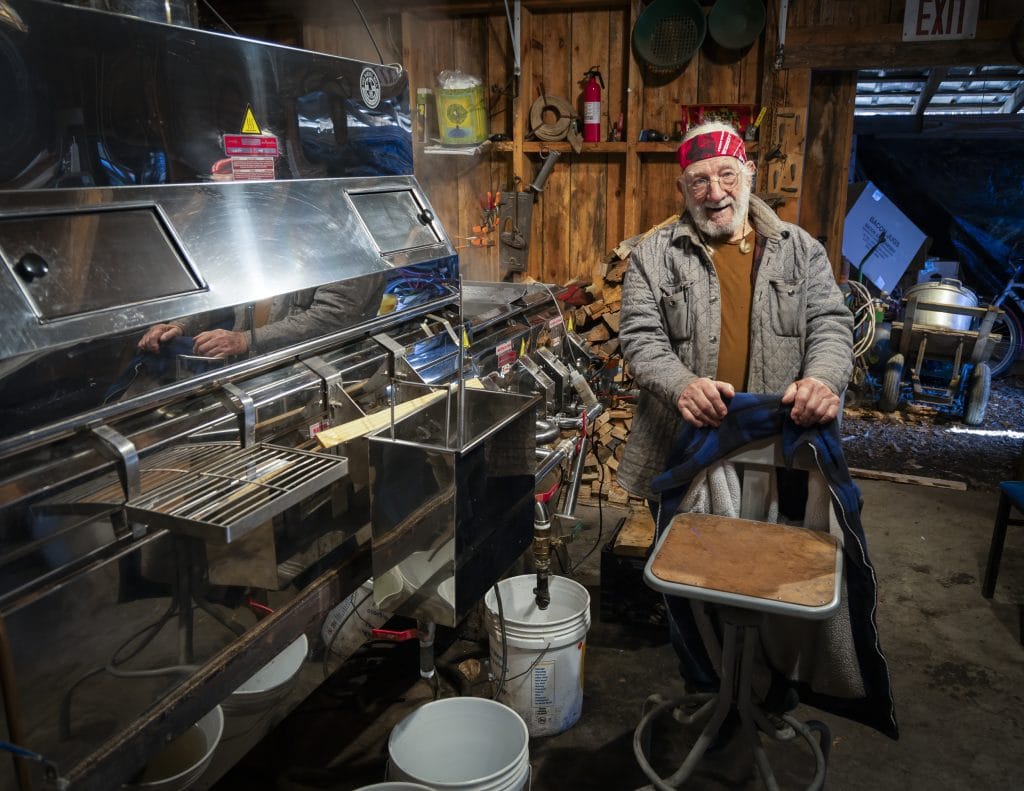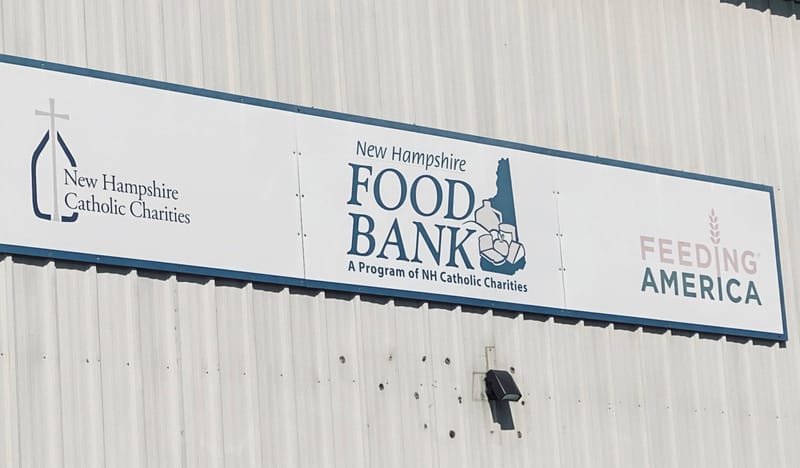Spring has sprung and the sap is flowing: New Hampshire’s sugaring season kicks off with NH Maple Weekend
Andrew Chisolm the President of NHMPA reports that this year’s Maple Sugar Weekend was a hit saying, “This maple weekend overall was a huge success. I have had maple producers reaching out to me after day one, expressing how satisfied they were with the volume of new customers, the turnout was excel


One sure sign of spring in New Hampshire is the tapping of maple trees on the farms and in the forests across the state. The New Hampshire Maple Producers Association (NHMPA) hosted its annual Maple Sugar weekend March 15-16 to celebrate this year’s collection of this delicious harvest
Maple sugar season begins in the early spring when ideally temperatures are below freezing at night and in the 40s during the day allowing the sap to flow from maple trees. This harvest is unique to North America and originated with Native American tribes well in the advance of European settlement. Typically “sugartime” begins in March or April and runs for about six weeks into April.

Andrew Chisholm, President of NHMPA, reports that this year’s Maple Sugar Weekend was a hit saying, “This maple weekend overall was a huge success. I have had maple producers reaching out to me after day one, expressing how satisfied they were with the volume of new customers, the turnout was excellent this year.”
Along with the weekend of excellent spring weather across the state, part of the success can be credited to the association’s newly launched website NHMapleMap.com. There are about 350 maple producers listed on the map.
When Chisholm informally polled his customers by asking “How did you find us?” The reply was always the new website. They said it was very helpful and it brought them to sugarhouses that they didn’t know existed. I spoke to several customers who said they were on a “self-guided tour” visiting over six sugarhouses on Sunday alone via the new map website.”
Sammy Trombly of Sammy’s Sugar Shack was eager to greet visitors on the family farm in Milford.
“What we try to do is make a really good product for people to come out for. Spring is starting and they want to get out of the house. This is a nice, beautiful day to get out and come look at, what the farmers are doing,” said Trombly.

It typically takes 40 gallons of sap to produce one gallon of maple syrup. Sap is the watery fluid that flows through trees containing nutrients, minerals, vitamins, and sugar. Maple sap is slightly sugary, usually containing 1-2% sugar. On good years when weather conditions are optimal that concentration can be as high as 3%.
Trees are “tapped “ and syrup is collected through runs of plastic hose to collection tanks. Some producers rely on gravity for the flow of sap while some operations use a vacuum system to draw sap. The sap is boiled in evaporators to reduce water until the sugar content reaches 66% concentration making it officially syrup.
According to the U.S. Department of Agriculture during the 2024 season, NH Maple farmers produced 149,000 gallons of maple syrup harvested from about 520,000 taps on 11,200 acres of the state.
Despite less-than-ideal temperature conditions so far this spring the producers are optimistic.
“The season is indicating production increases and as a state, we may surpass 200,000 gallons. Typically a high yield could result in a price reduction. However, the association has experienced some success with grant promotions and public awareness of the superior quality of NH Maple which should keep prices somewhat stable despite a high yield season,” reports Chisholm from NHMPA.





